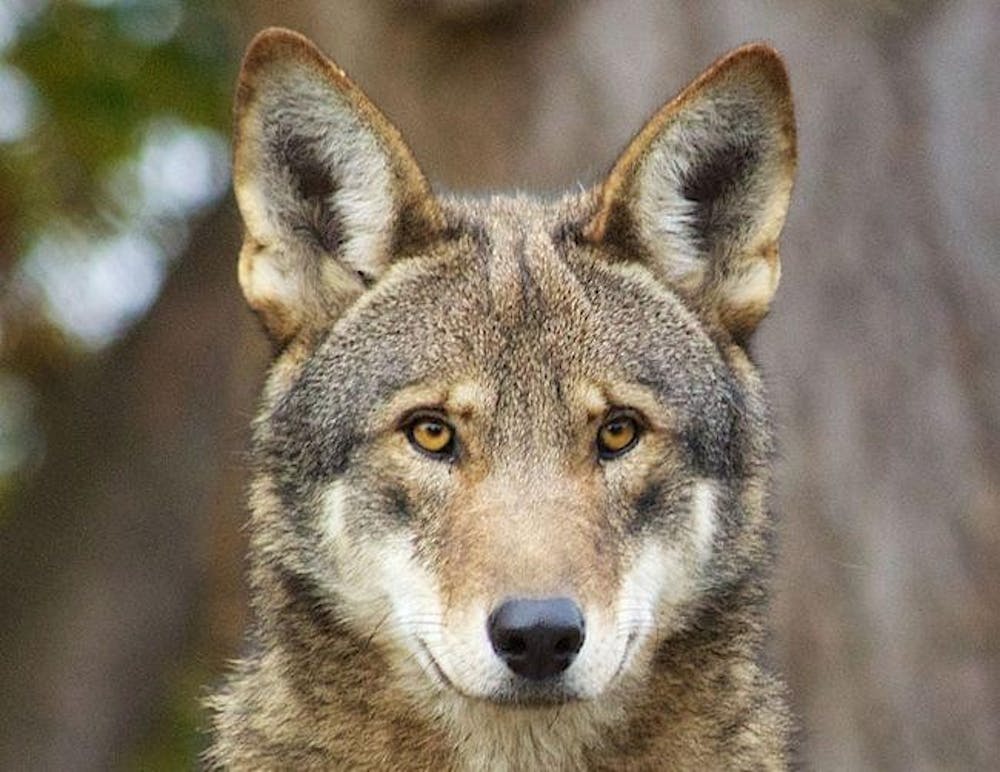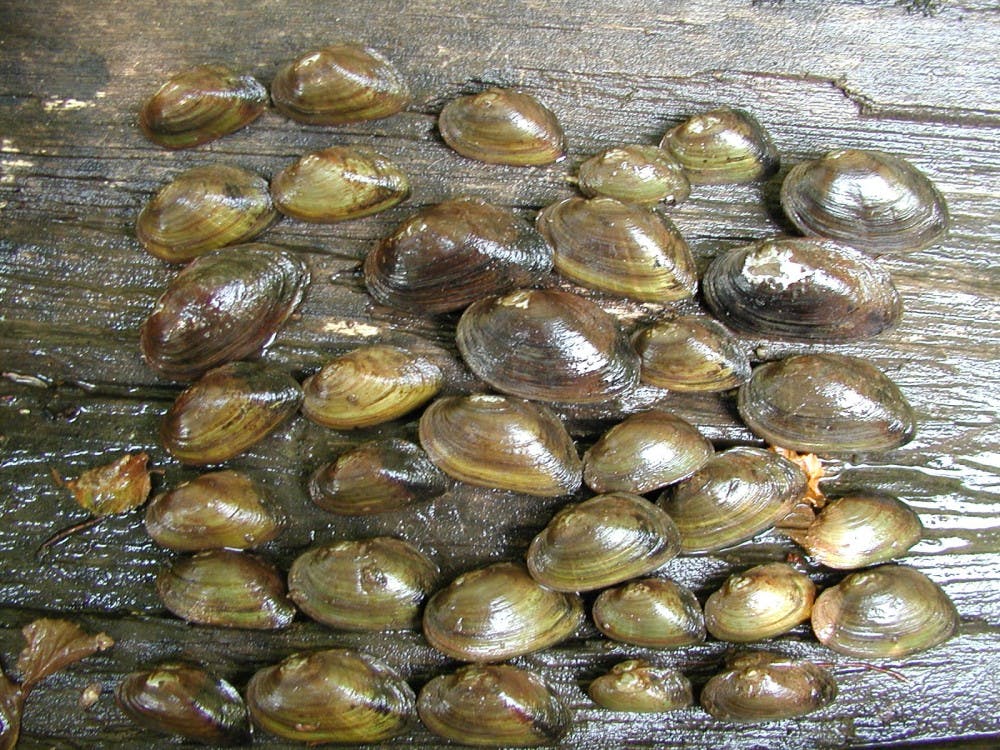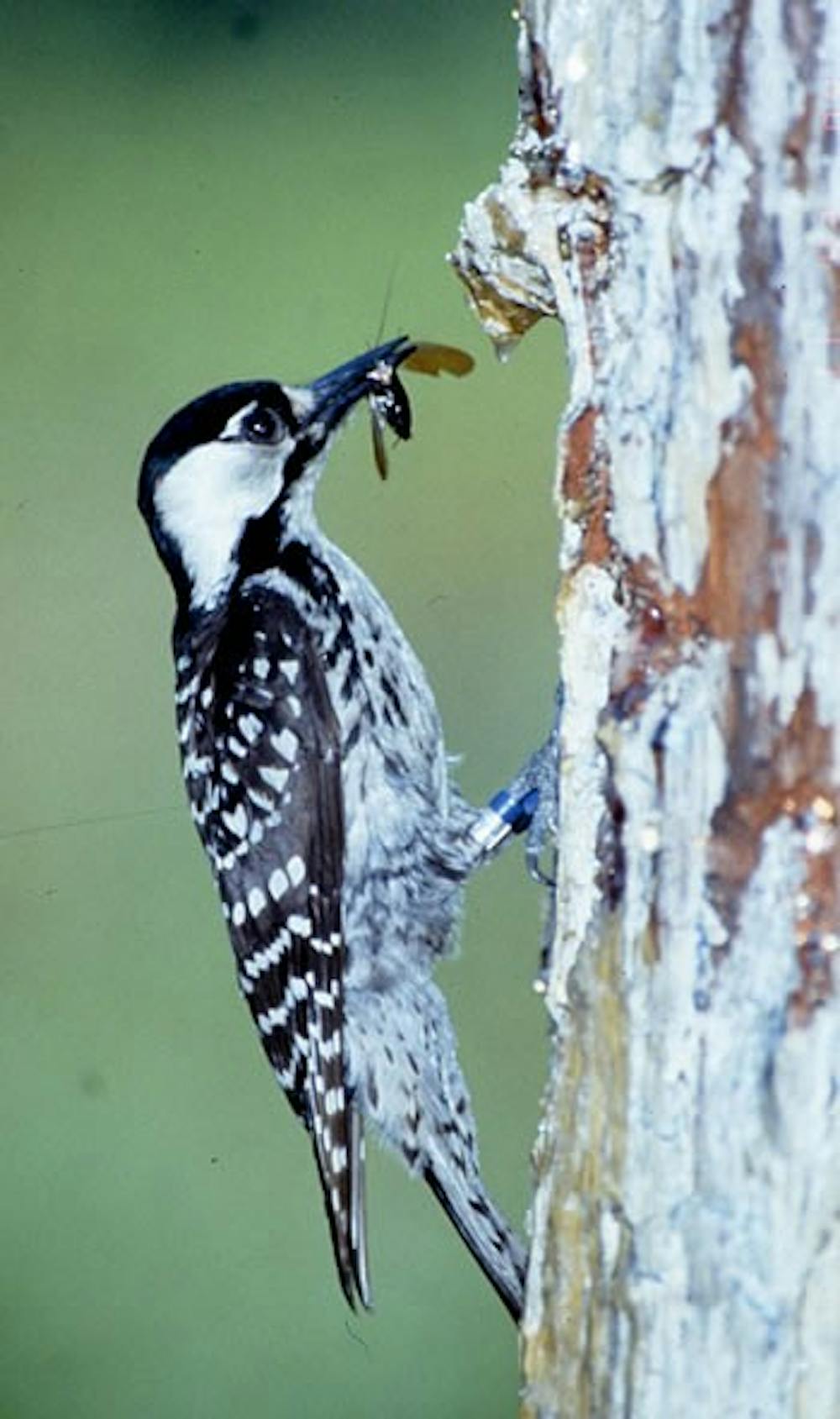The Trump administration issued a number of changes earlier this month to the Endangered Species Act in a move that many believe will weaken its effects.
Since 1973, the ESA has succeeded in saving 99 percent of species from extinction, but one of the most controversial revisions to the act involves removing protections for threatened species.
North Carolina is home to 61 federally endangered and threatened species. Some of North Carolina’s species under threat of extinction include the bald eagle, the red-cockaded woodpecker and the loggerhead turtle.
According to U.S. Fish & Wildlife Services, threatened species are species likely to become endangered within the foreseeable future throughout all or a significant portion of its range.
Sierra Weaver, senior attorney at the Southern Environmental Law Center, said this change will drastically affect threatened species.
“We have always just extended the same protections endangered species get to threatened species,” Weaver said. “What this change does is it says we're not going to protect threatened species the same way.”
This change in protection, she said, can lead to a never-ending cycle of species entering and exiting the endangered species categorization.
“Right as that species is starting to recover, as soon you can get it from endangered to threatened, you remove all the protections and mostly what you will see is that species is going to end up right back in that endangered bucket because it lost all of its protections,” she said.
Also included in this list and often forgotten are mussels. Julie Moore, a recent retiree from the U.S. Fish and Wildlife Service, said these animals often reflect what is occurring in the surrounding water and land.





